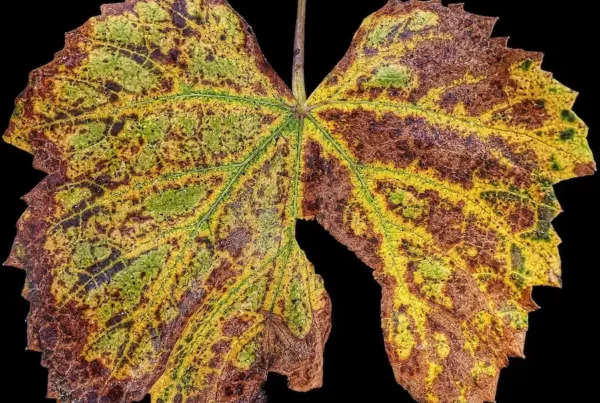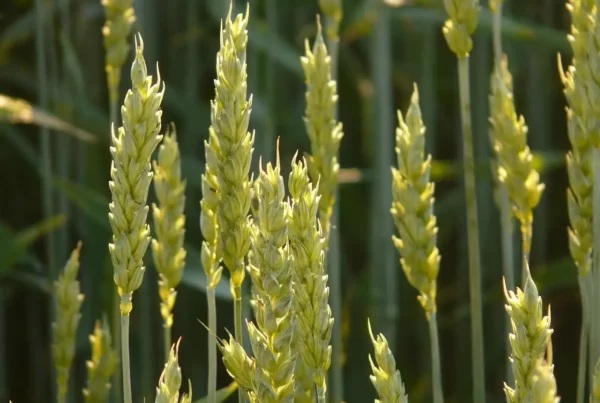Quinoa’s grain-like seed offers a flavorful, nutrition-packed addition to soups, salads and side dishes, as well as ingredient for cereals, snacks and pasta. But in order for this versatile seed to get from farm field to table, quinoa growers must be vigilant for signs of downy mildew, a disease that can decimate the crop if left unchecked.
To help growers, a team of researchers led by Agricultural Research Service (ARS) plant pathologist Anna Testen devised a fast new test to genetically detect the pathogen in both quinoa seed and leaf tissue.
The advance, reported in Plant Disease, opens the door to countering downy mildew on several fronts—with benefits to U.S. growers hoping to expand the crop and to consumers, who prize the seed’s flavor and offering of protein, fiber, vitamins and essential amino acids.
Caused by the fungus-like pathogen Peronospora variabilis, downy mildew appears as yellow to pinkish lesions on the leaves of infected quinoa plants. Infected leaves can also take on a cupped appearance, among other malformations as well as tissue death and discoloration. Under favorable conditions, outbreaks of downy mildew in susceptible quinoa varieties can inflict seed yield losses of up to 100 percent.
The test—or “assay,” as the scientists call it—uses a laboratory procedure known as quantitative polymerase chain reaction (qPCR) to help detect specific segments of the downy mildew pathogen’s DNA—so long as it’s present in a seed or leaf sample.
Additionally, with the qPCR-based test being quantitative, it can determine how much of the pathogen is present based on readings of light emitted by the procedure’s amplification of its DNA. This feature also distinguishes the test from other PCR-based methods that have been developed.
“Quantitative PCR is much more sensitive (meaning, it can detect smaller amounts of DNA) than standard PCR, so there are fewer false negatives,” explained Testen, who is with the ARS Application Technology Research Unit in Wooster, Ohio. It’s also more specific and faster, allowing for more samples to be screened, she added.
Among potential uses is providing quinoa growers with an early warning system. In other susceptible crops, for example, “spore traps that catch airborne spores paired with qPCR assays have been used to detect the downy mildew pathogen early and warn growers to treat their crops,” said Testen.
Another potential use is helping speed the identification of plants from quinoa breeding lines that can resist or tolerate downy mildew. Plant breeders can then pass the genes for that trait into elite quinoa varieties, shoring up their defenses against the disease.
And on the phytosanitary front, the tests could help ensure that commercial shipments or germplasm exchanges of quinoa seed for research purposes are free of downy mildew, preventing new or re-introductions of the disease.
And as quinoa’s U.S. popularity grows, “this tool will also help us track the quinoa downy mildew pathogen in the environment, potentially teaching us more about its epidemiology to improve disease management,” added Testen, whose co-authors on the Plant Disease paper are Scott Shaw (ARS) and Purnima Puri, Evan Domsic, Deirdre Griffin-LaHue, Kevin Murphy and Chakradhar Mattupalli—all with Washington State University.
Read the paper: Plant Disease
Article source: US Agricultural Research Service






